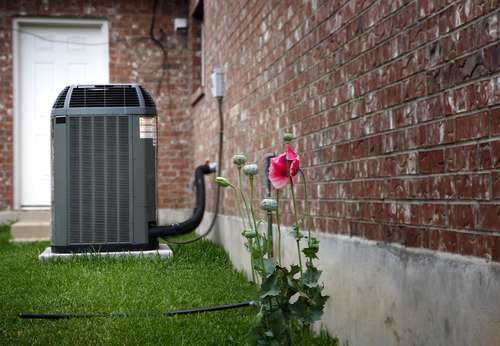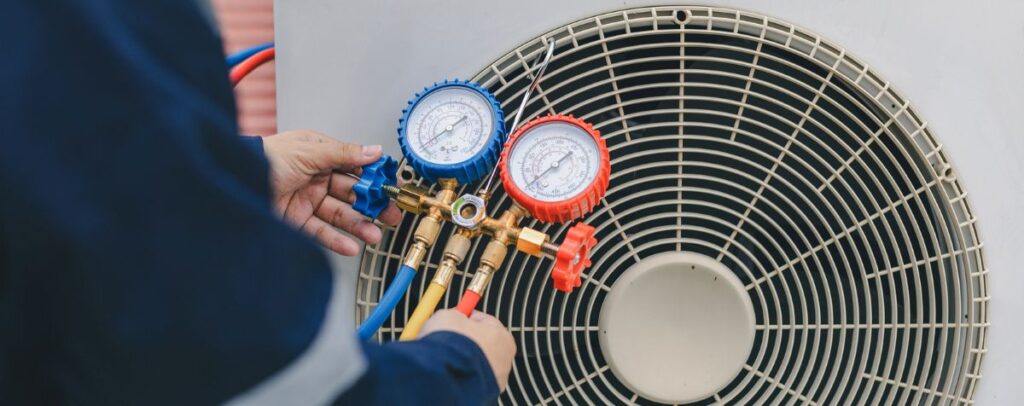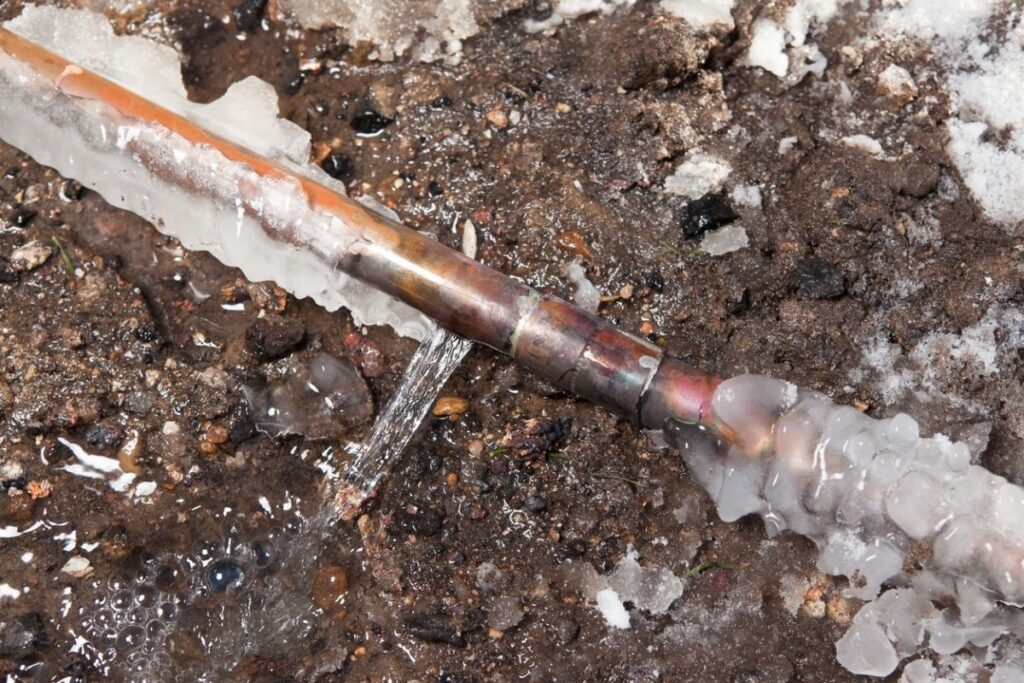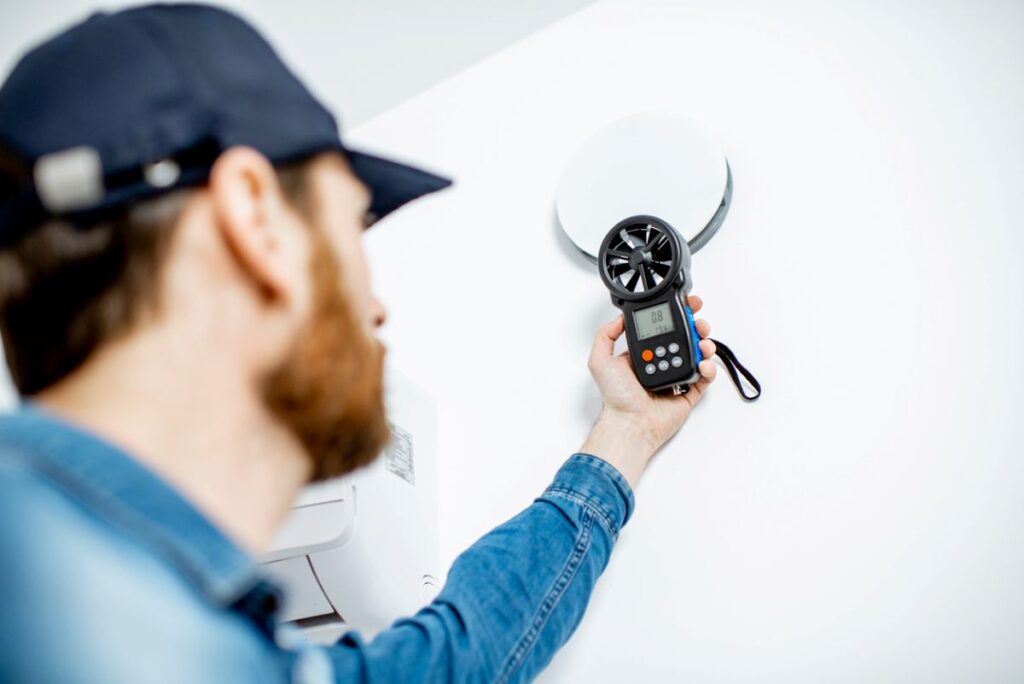





Getzschman’s Air Conditioning Guide for Dummies

In the summer heat, air conditioning is a welcome relief, but do you know how it keeps you cool? Understanding air conditioning is not only for certified technicians! Learning the basics of how an AC works can help you troubleshoot issues and prevent future problems. Here is a guide to the parts and processes involved in an air conditioning system.
What Parts Make Up an Air Conditioning System?
An air conditioning system generally consists of five mechanical components:
- Compressor
- Fan
- Condenser Coil (Hot)
- Evaporator Coil (Cool)
- Chemical Refrigerant
How Your Air Conditioning System Cools the Air
When liquid becomes gas, it absorbs heat. Air conditioners use this principle to cool air. A fan moves warm air from the room over the unit’s evaporator coils. They contain liquid refrigerant . Compounds in the liquid refrigerant absorb heat from the air when they become a gas. Heat leaves the air, and the temperature lowers. Once the refrigerant becomes a gas, it stops absorbing heat. To continue to cool the air, the refrigerant must expel heat and become liquid again.
How Your AC Expels the Heat
The refrigerant gas expands and gets pushed through the compressor . The compressor is an electrical pump that pressurizes this gas inside of condenser coils. Under high pressure, the refrigerant gas condenses into a liquid and expels heat. Another fan blows heat away from the condenser coils.
What Controls Your AC
An expansion valve controls how fast the liquid refrigerant re-enters the evaporator coils. When the liquid returns to the evaporator, the cycle restarts. The expansion valve works with a thermostat and a control unit to control the cycle.
How Your AC Cleans Your Air
Air conditioners contain a filter that removes particles from the air. This filter cleans the air of dust, dirt, and allergens while the AC runs.
Window Versus Central AC
A window air conditioner has the compressor and the condenser coils outside on the back of the unit. A fan blows heat away from them. In contrast, the evaporator coils are inside to absorb heat from the room air. The unit has its own thermostat controls on the front.
In a central air conditioner ( split-unit) , the controls hook into the thermostat of the building. The compressor, condenser coils, and a fan are in a separate unit outside the building. The evaporator coils are often within a furnace. The furnace blows air through an evaporator coil, which cools the air, and routes this cool air throughout your home through your ductwork.
Window and central air conditioning systems work in the same way. Central air conditioners are just split into two parts, one outside and one inside of the building. Split-systems cool a larger space faster and cheaper than window units. They are quieter, too, as the noisy compressor is in the outside unit.
How Your AC Is Rated
Air conditioners have a British Thermal Unit (BTU) rating. Window air conditioners are around 10,000 BTU. Your AC needs around 30 BTU for every square foot of the space being cooled.
The BTU rating affects the Energy Efficiency Rating (EER) of the air conditioner. EER is the BTU divided by the wattage. A unit with a high EER is more efficient and saves electricity costs but may have a higher price up front.
Your knowledge of air conditioning will help you troubleshoot problems and fix simple issues. If you need a technician’s help, you will better understand what he is fixing. For more information on air conditioning and our services , please contact us .










